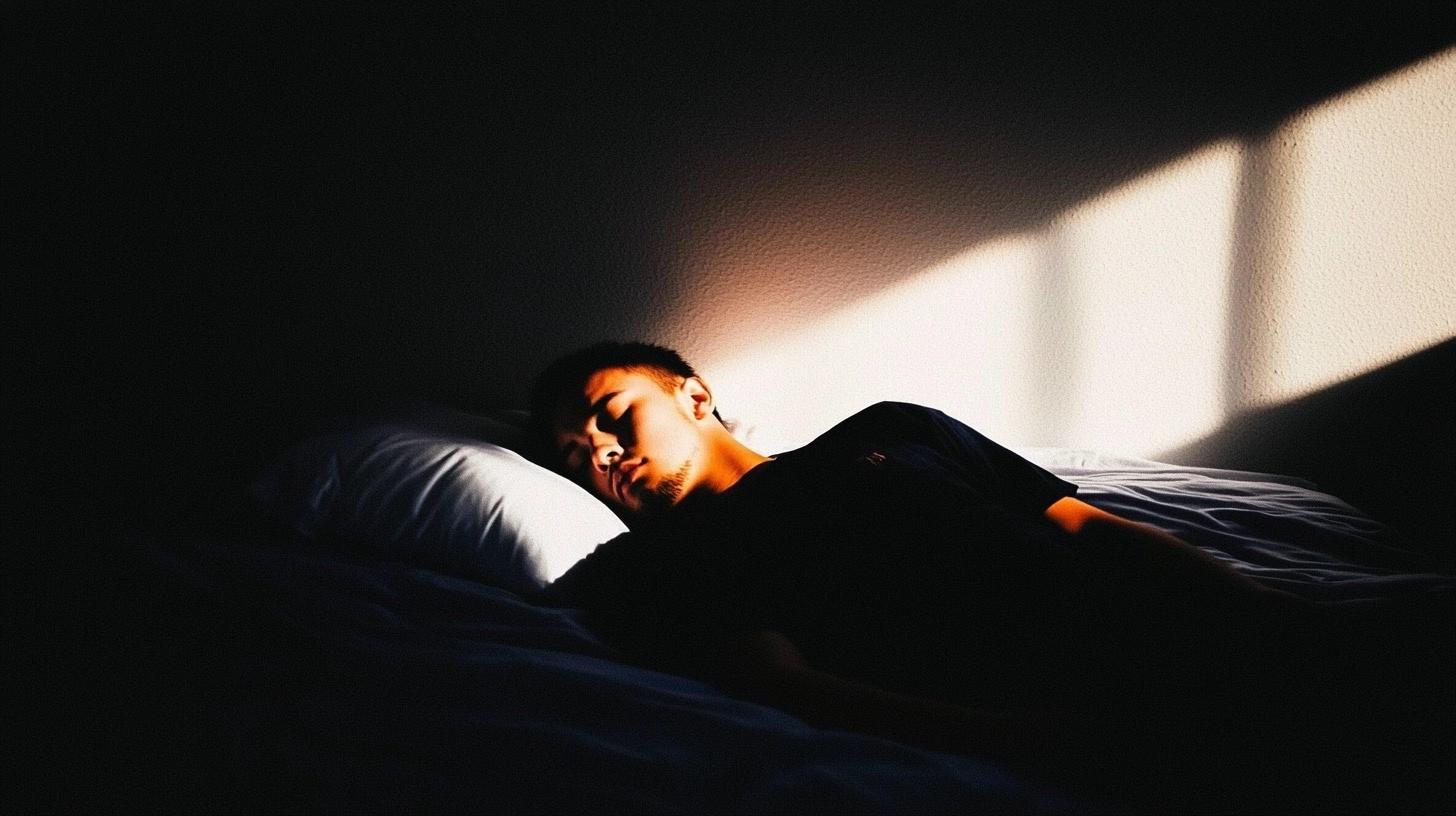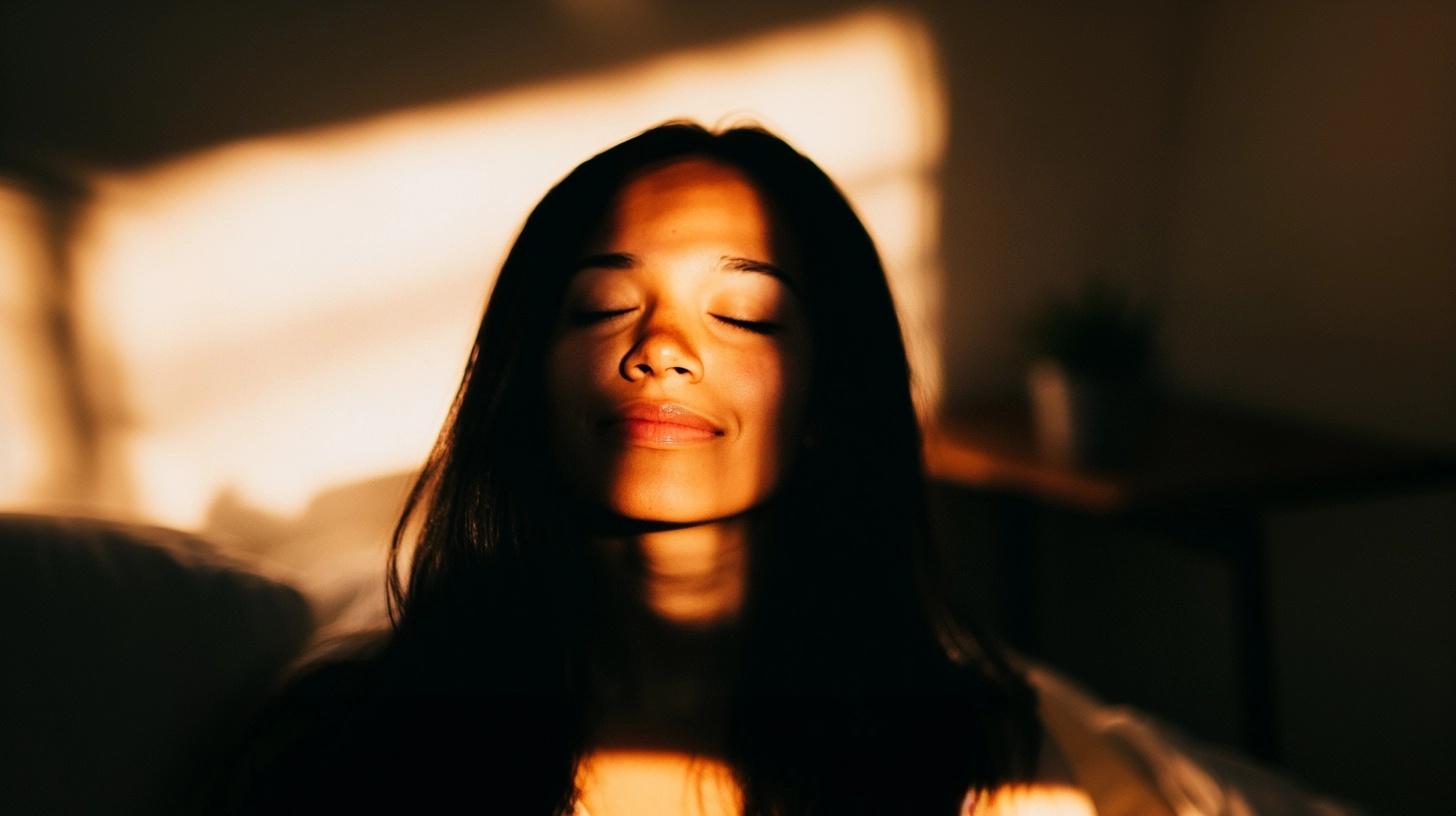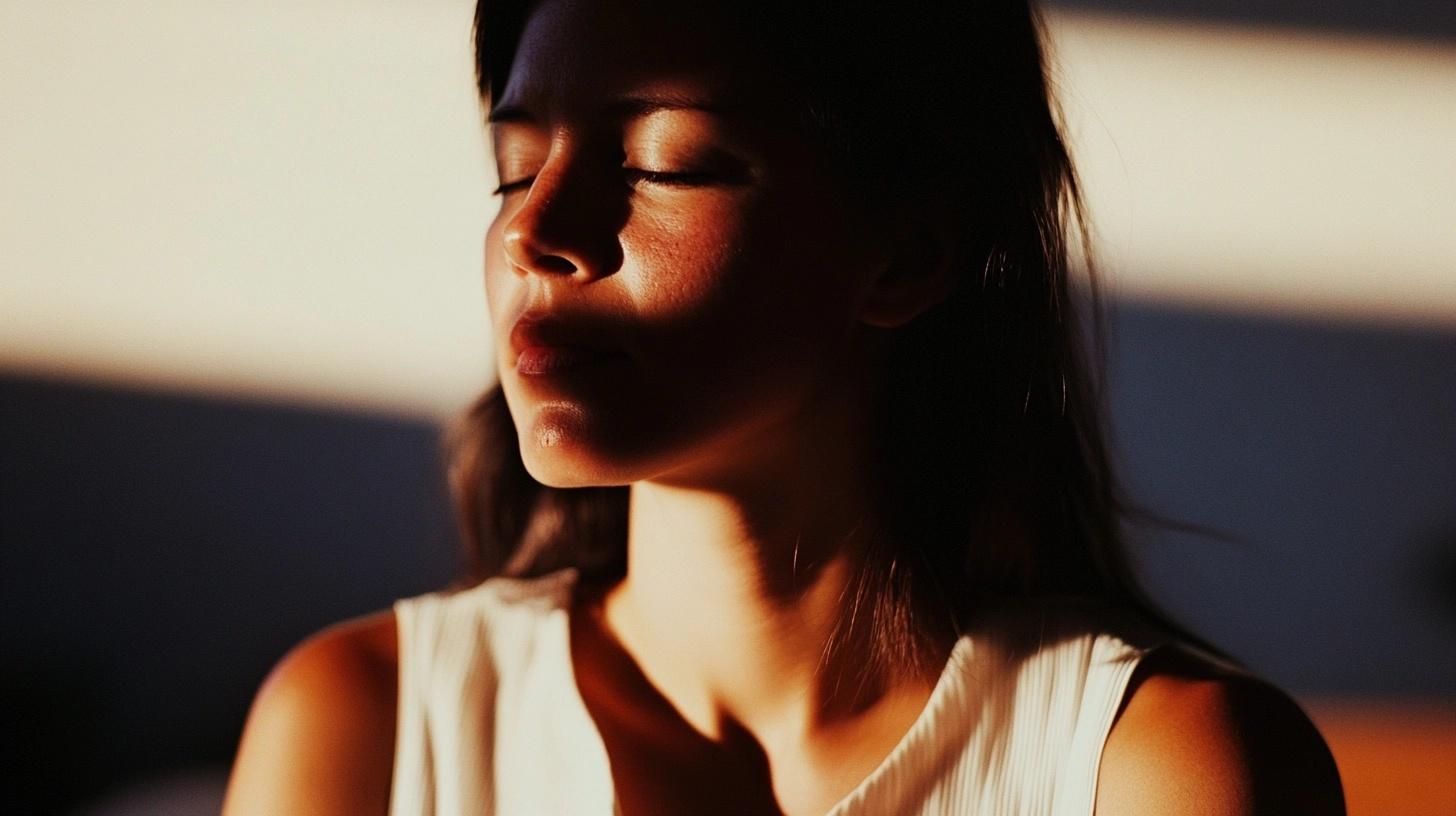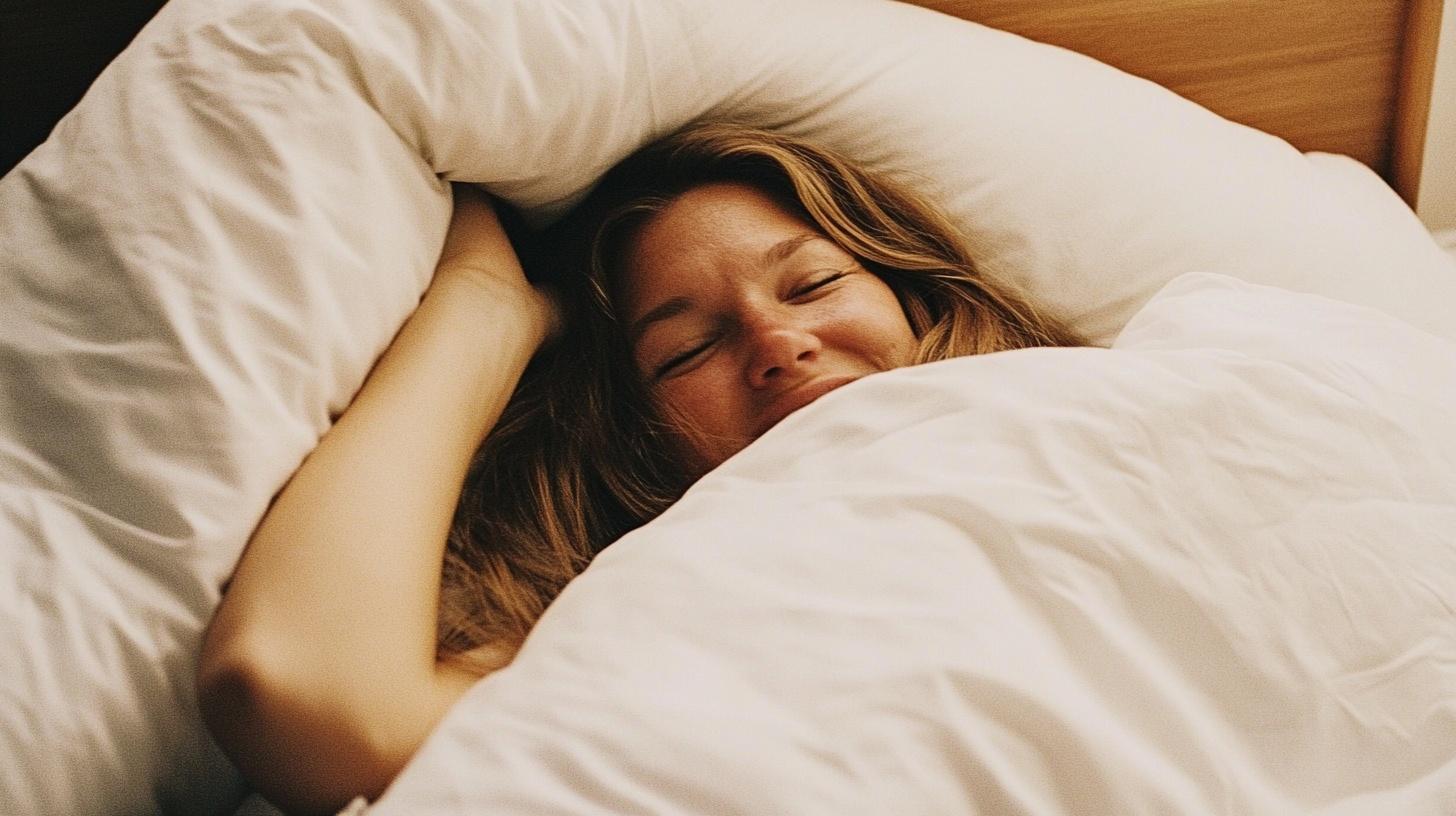10 top sleeping on a plane hacks
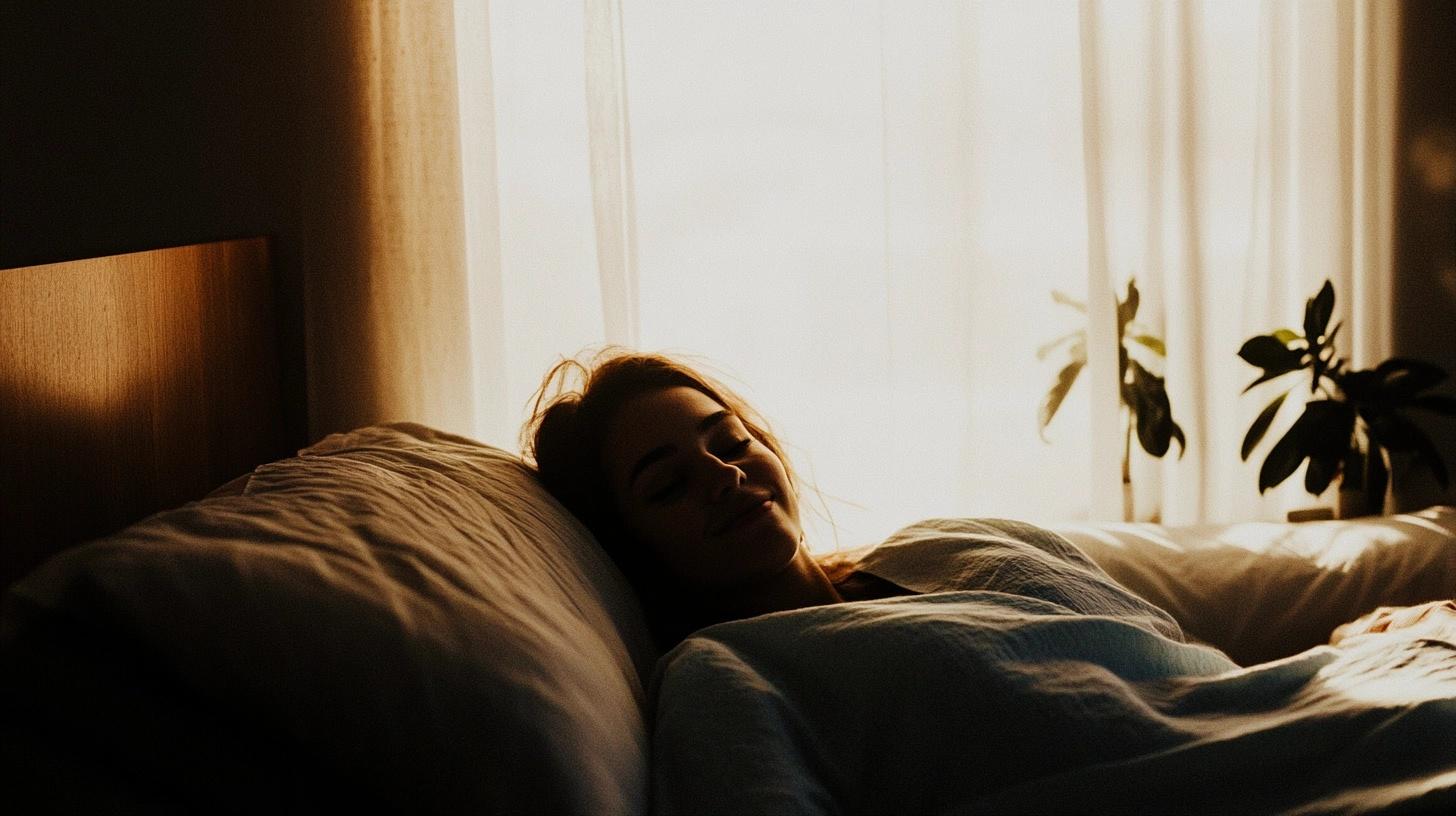
You could be traveling for business. You could be off on that once in a lifetime dream holiday. More likely it’s something in between. Whatever you’re planning or wherever you’re going, ensuring you create the conditions for quality sleep can turn a good trip into a great one. Here are 10 sleep hacks that can make that happen.
- What to keep in mind before your flight
- 10 top airplane sleeping hacks
- How to prevent snoring on a plane
- Don’t forget your smart alarm to wake up fully rested
- Summary FAQs
Before your flight
A few days before you travel to your destination, you should start to adjust your body clock to sync with your destination’s time zone, especially to minimize the effects of jet lag. So if you’re in NYC and planning an imminent trip to Paris (6 hours ahead) try to go to bed a little earlier to reflect the fact that bedtime, say 11 pm in Paris, is 5 pm in NYC. Use the same approach to plan your waking times too. The use of melatonin can help you lessen the impact of jet lag, both when traveling east or west.
Also in the days approaching your departure, try to reduce your alcohol and caffeine intake. These stimulants can play havoc with your circadian rhythm and contribute to a stressful travel experience. When at the airport, instead of waiting seated for boarding the plane, stay active by walking around – it’s healthy and will get you tired when you get into the aircraft and will help you to fall asleep faster (even better if you can work out before going to the airport!). Moreover, try to follow the routine you usually do before going to bed after the seat belt sign is switched off – like reading a book, brushing your teeth or meditating – that will help your brain to think it’s another normal evening in your life.
Up In The Air: 10 airplane sleeping hacks
There are so many great sleep tips for traveling long distances by air that compiling a comprehensive list would probably involve a couple of periods of sleep. That said, here are what we consider to be (in no particular order) the Top Ten.
- If possible, choose a window seat to lean against. If you’re not able to book a first-class seat, those that can lay flat, try to get a window seat where you can tilt the seat back and lean towards the window frame. Also, you won’t get disturbed by other passengers and you’ll be able to control the amount of natural light coming from outside. But don’t despair if you get a middle or aisle seat: use the armrests as much as possible and limit what you stow under the seat in front of you, so you can have more space to stretch your legs.
- Check lunch and dinner times: ask when the food will start being served so you can plan your sleep accordingly. It’s better to wait until everyone is settled and lights are totally switched off so you are sure your sleep will unlikely get interrupted. And if you want to skip the meal service, tell the flight attendant in advance.
- Find the key positions to sleep on the plane: a good and comfortable posture is essential to fall asleep and stay asleep. To avoid waking up groggy and with pain all over your body, try to get a pillow that supports your neck well and prevents your head from rolling forward. Also, keep your back as straight as possible and legs uncrossed and knees slightly bent. Don’t try to sleep with your head on the tray table – as you’ll most likely have a stiff neck and back later on.
- Avoid prescribed sleeping pills: you might feel more exhausted when you get to your destination and wake up disoriented and groggy. However, as said, melatonin both for jet lag and sleeping on the plane can help.
- Wear loose clothes and comfortable shoes. Self-explanatory really. Choose garments that allow you to move position in your economy airline seat freely and enable good blood circulation.
- Bring a sleep mask and neck pillow. Even if they only allow you to snooze rather than sleep, these items could be the difference between a rested you or a zombie you staggering off the airplane.
- Limit screen time: the sleep mask can help reduce the impact of the screens, cabin lights and all buttons that surround you during the flight. All this light, even dimmed, can throw off your sleep and sleep cycle.
- Noise-reducing earplugs not only allow you to drift off to the sounds of your favorite tunes, but they also cut out irritating noise pollution such as engine noise, screaming kids, constant announcements from the flight deck and offers to buy cheap perfume or 5kg Toblerones.
- Choose food with care. When we travel, it’s always tempting to indulge ourselves a bit too much. Resist and try to avoid spicy dishes, dishes high in sugar and other meals that may disrupt your capacity to rest.
- Stay well hydrated – low humidity inside airplane cabins can cause dehydration so compensate for this environment by regularly sipping on water.
- Limit your alcohol and caffeine intake: both will keep you dehydrated and, furthermore, disrupt your sleep – while alcohol will mess with your sleep cycle and make you snore more, caffeine will make it difficult for you to fall asleep. Plus, no one wants to stand up every now and then to go to the toilet.
How to prevent snoring on a plane
Starting to snore during a flight can become one of the worst nightmares for snorers (and actually for the other passengers too). Although snoring is very likely to happen when sleeping in bed, as gravity pulls your airway and intensifies the vibrations when lying in bed, it can also happen in heavy snorers, and especially in those who suffer from sleep apnea.
The key to avoid snoring on a plane is, then:
- Sit upright and slightly on your side so your head doesn’t fall back and cause your tongue to narrow the airways.
- Avoid tobacco and alcohol, as it helps relax the airways muscles and lead to louder snoring.
- Anti-snoring appliances or nasal dilators can also help open the airways, providing some relief.
- Again, stay hydrated to avoid a dry throat and keep away mucus.
How to sleep on a plane – don’t forget to set your smart alarm clock
Waking up to fluorescent lights, sunshine or even a loud voice from the captain or one of the hostesses can be one of the worst parts of sleeping on a plane. Remember to set your Sleep Cycle’s Smart Alarm Clock at least 45 minutes to 1 hour before landing. That’s enough time to prepare yourself to leave the plane fully awake.
Start using Sleep Cycle’s Smart Alarm for free
On the subject of travel, the late, great Anthony Bourdain once wrote –
“Travel isn’t always pretty. It isn’t always comfortable. Sometimes it hurts – it even breaks your heart. But that’s okay. The journey changes you; it should change you.”
While we agree with much of that, there is in fact a lot you can do to make air travel a more pleasant experience and enjoy the kind of life-changing experience Mr Bourdain referred to – and the first step takes place before you leave home.
Happy Trails!
Need sleep tips when you land to avoid jet lag? Check out our following posts:
Summary FAQs
What’s the best position to sleep in on a plane?
The best position to sleep in on a plane is leaning slightly back or against the window frame. Try to get a pillow that supports your neck and prevents your head from rolling forward, and don’t forget to uncross your legs and bend your knees slightly. Leaning forward with your head on the meal tray will only bring lower back pain.
Should I take a sleeping pill on a flight?
That’s not recommended. You will wake up disoriented and even groggy and exhausted. The use of melatonin as a supplement is more effective to help you fall asleep and lessen the effects of jet lag.
How soon before a flight should I take melatonin?
It is generally recommended to take melatonin about 30 minutes to one hour before you want to fall asleep. This should allow enough time for the melatonin to take effect and help you fall asleep. However, if you want to take melatonin to avoid jet lag (especially in eastbound travel) you can start taking melatonin a few days before your trip, always closer to your target bedtime at your destination.
How can I avoid snoring on a plane?
The key to preventing snoring on a plane is to sit upright and slightly on your side, avoid tobacco and alcohol and stay hydrated to avoid a dry throat and mucus in the airways.


